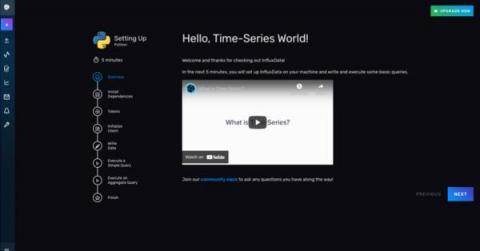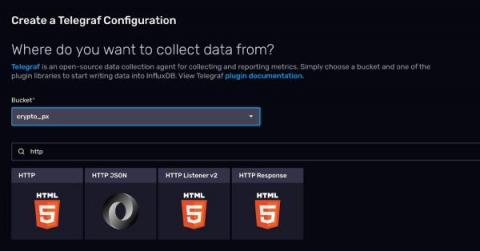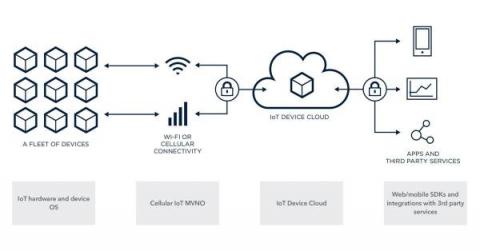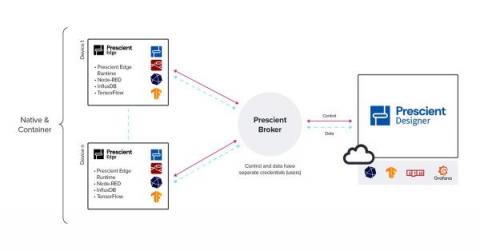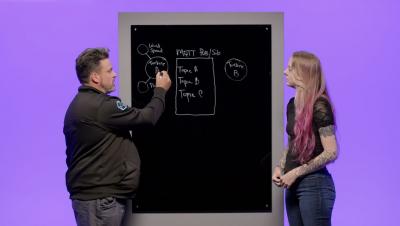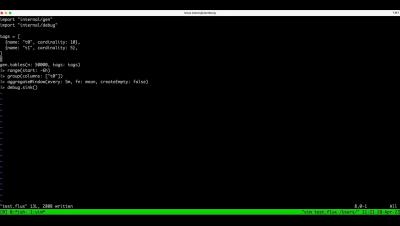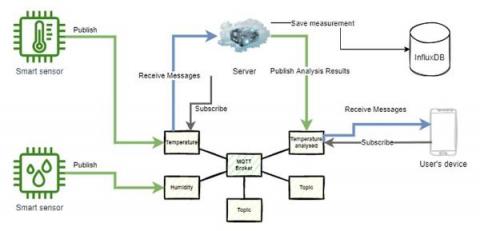Become a Telegraf Pro with a New Course from InfluxDB University
Telegraf, InfluxData’s open source data collection agent, is a key tool for managing data pipelines. Users around the world rely on Telegraf’s flexibility to collect, clean, transform, and send data. But even with Telegraf’s immense popularity, we continue to look for ways to make it even easier to use. That’s why, when we launched InfluxDB University, we knew that Telegraf would be a key ingredient.




